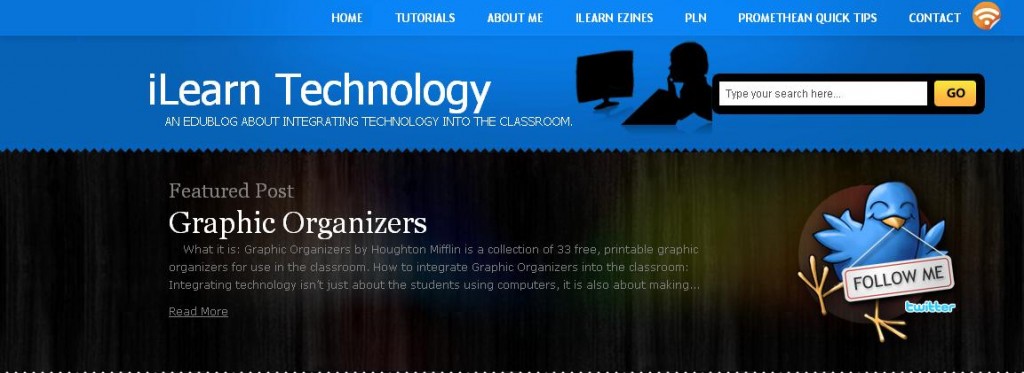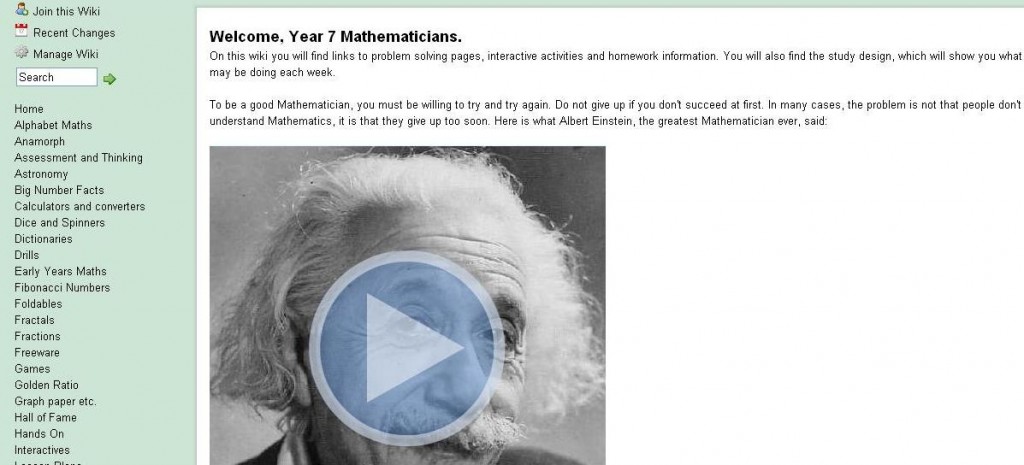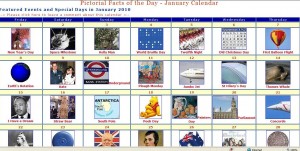Seth Godin, a marketing wunderkind has turned his attention to libraries. And he doesn’t like what he sees. Dr Valenza explains:
Seth Godin and Mike Eisenberg and me on the Future of the Library
January 9, 2010
I am a huge fan of Seth Godin.
Seth . . .
- writes the most popular marketing blog in the world;
- is the author of the bestselling marketing books of the last decade;
- speaks to large groups on marketing, new media and what’s next;
- and is the founder of Squidoo.com, a fast-growing recommendation website.
Seth’s brief blog post this morning on the Future of the Library certainly got my attention:
What should libraries do to become relevant in the digital age?
They can’t survive as community-funded repositories for books that individuals don’t want to own (or for reference books we can’t afford to own.) More librarians are telling me (unhappily) that the number one thing they deliver to their patrons is free DVD rentals. That’s not a long-term strategy, nor is it particularly an uplifting use of our tax dollars.
Here’s my proposal: train people to take intellectual initiative.
Once again, the net turns things upside down. The information is free now. No need to pool tax money to buy reference books. What we need to spend the money on are leaders, sherpas and teachers who will push everyone from kids to seniors to get very aggressive in finding and using information and in connecting with and leading others.
Clearly we haven’t marketed our own message effectively. Today’s leading expert on marketing, and many others, need to know that job one, for most of us (I HOPE), IS being:
leaders, sherpas and teachers who will push everyone from kids to seniors to get very aggressive in finding and using information and in connecting with and leading others.
Is Seth saying that we need librarians, but not traditional libraries?
(Make sure you click on the survive link above to see that Seth read Robin’s brilliant post in her CCHS Learning Commons about steps necessary for school library survival.)
We need to make sure that folks who matter get the memo that we are not about circulation alone and that circulation itself is happening online. (And that some of those reference books and ebooks are available–nearly invisibly–through library-funded databases.)
And that they get the memo that describes the many ways librarians address literacy and equity each and every day.
That they get the memo that physical libraries are evolving to become learning commons or libratories. (See Library as domestic metaphor and My 2.0 Day.)
That we find multiple ways to show what the school library of today looks like in action. (See 14 Ways K12 Librarians Can Teach Social Media.)
We haven’t done our job to market ourselves and our programs. People don’t know what they look like because we haven’t shared loudly enough.
It may also be that some libraries aren’t yet there.
In case you were sleeping, over the past two years, stuff happened. Big stuff. Stuff we should have led. I’ve been watching as other professionals in education grabbed turf we should have grabbed or tred together.
It reached the surface this spring with the Twitter discussion on librarians as social media specialists.
The game has changed dramatically. The changes we talk about are not bandwagons. They represent profound changes in the way we do business, the way we do libraries, the way we must educate.
Teacher librarians, as information and communication specialists must lead change in their buildings and districts or face irrelevancy.
Something Darwinian is underway. Adaptation is essential. And if we are to thrive, leadership is essential.
School library practice must adapt to complete shifts in the information and communication landscapes. Folks who believe that Web 2.0, or whatever we next call the read/write Web, will go away are hopelessly mistaken.
Mike Eisenberg allowed me to share excerpts from a discussion we engaged in this week with Lisa Layera Brunkan. Mike wrote:
It keeps me up at night too – but to me it’s not will the librarians be in a position to be a logical choice, but rather will librarians grab the opportunity. Any librarian employed today IS in the position! They need to embrace a role that focuses on meeting people’s information needs through any and all media, systems, formats, and approaches.
Joyce helped me to see that information literacy is both using and producing information. Librarians – particularly those in schools – should be at the center of this: to ensure that students are information literate – to ensure that students are effective users and producers of information.
What we need are opportunistic librarians – using every interaction with kids, fellow teachers, parents, administrators and the public to PROVE that they are right at the center of the action – of making sure that every student is super-skilled in information seeking, use, production, and evaluation. And, also at the center of making sure that all students have access to resources, services, technologies, and networks.
You both instinctively know how to take advantage of opportunities. You see them everywhere. That’s what we need to help the librarians to see and then to know what to do with them. . .
The slow but steady attrition in the school library field is no accident. It’s not because “they don’t understand us.” It’s not because “we haven’t gotten the message out.” It’s because many programs aren’t delivering.
Many of you are out there leading change.
The revolution can happen. And it can happen in our blogs, through our tweets, in our libraries.
It will not happen if we are asleep at the wheel. It will not happen if we do not assume responsibility for our own retooling.
This is the year of redefinition. Frankly, it’s definition or death. Some of you thought I was cold when I suggested that folks lead, follow, or get out of the way.
I know many of you are out there are working hard.
But it is not about working hard. It is about working smart. It is about marketing. It is about redefining. Before it is too late. This is the year.
Seth Godin’s post was generally addressing public libraries, but all librarians can take note and possibly take offence. As Dr Valenza states, stuff is happening. This blog is evidence of some of the kinds of wonderful stuff that is happening in school, public and academic libraries in Australia and around the world. This blog is evidence that there are many wonderful librarians and teacher librarians who have embraced change and developed what could only have been dreamed of a few years ago. The Twitter community to which I belong and contribute to is a testament to the incredibly committed professionals that are librarians and teacher librarians. They contribute so much, that I often worry that they are not having holidays, not having weekends and not having enough downtime to recover from their hectic work and personal lives. This cohort of hardworking and sharing professionals blows my mind. And many of them are from Australia. We may be only a percentage of educators, librarians and teacher librarians, but hour after hour, day after day, we are proving Seth Godin wrong. However, we need everyone to jump on board and help define the future of libraries. Be a part of the change. Drive the change. Make a difference. Enjoy the change. Enjoy the challenge. Learn. Share. Listen. Talk. Lead.
Of course to be able to implement change effectively, we need appropriate staffing and budgets in public and school libraries. Although many Web 2.0 tools are free, we need appropriately qualified and trained library staff to investigate, develop and maintain any sites that are relevant and useful to their students and staff.
I would love to have some comments on this issue, but let me leave you with a few quotes about change:
Any stories of change within your library and how it came about would be more than welcome.



